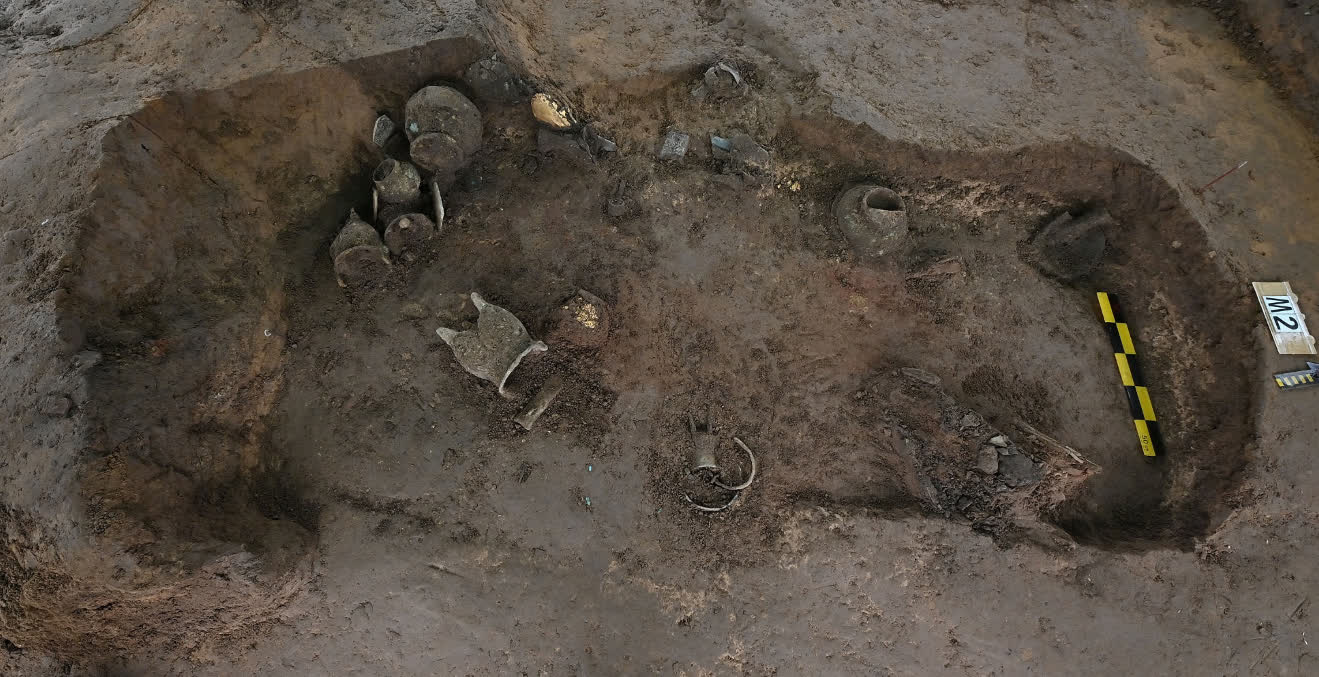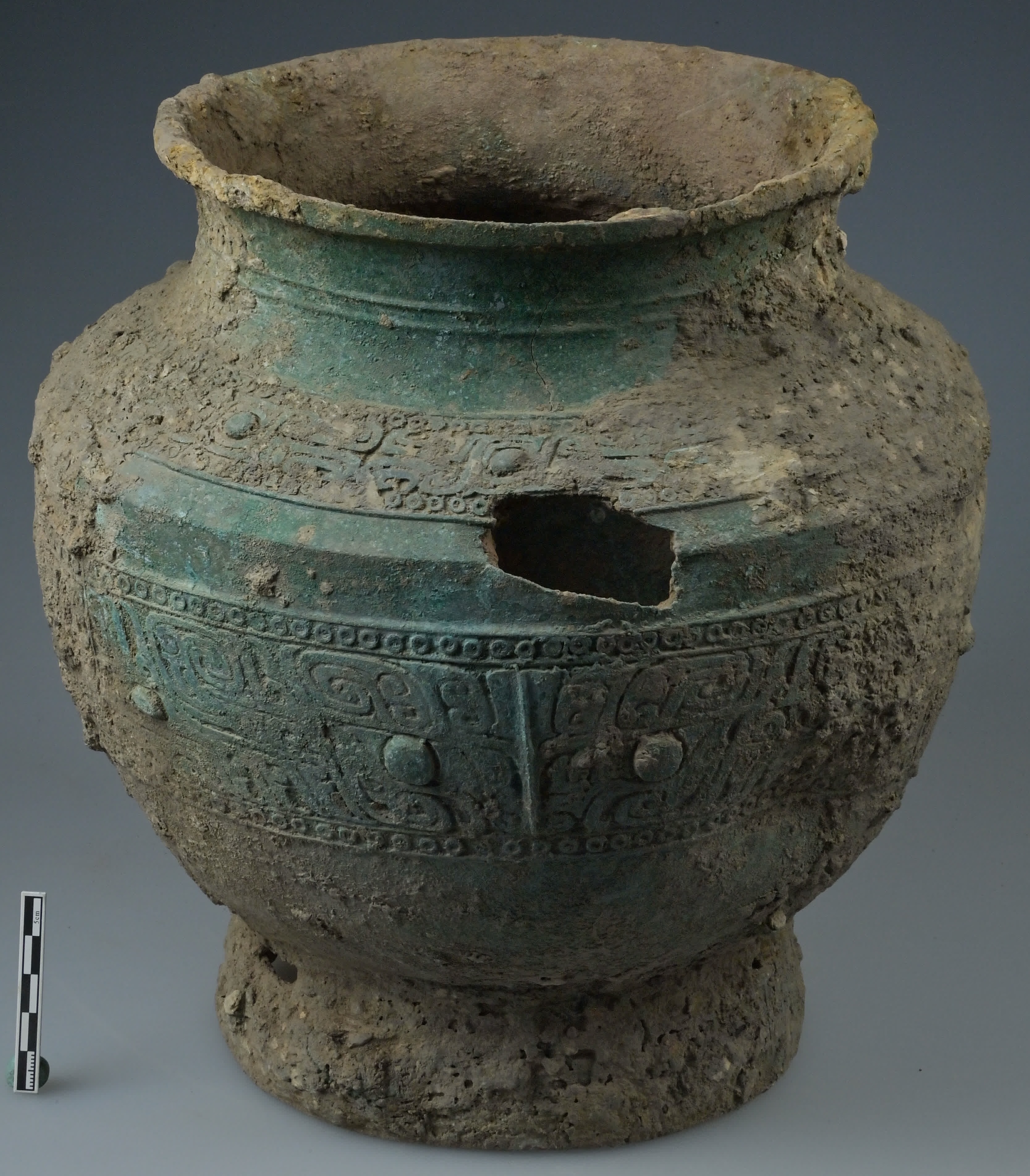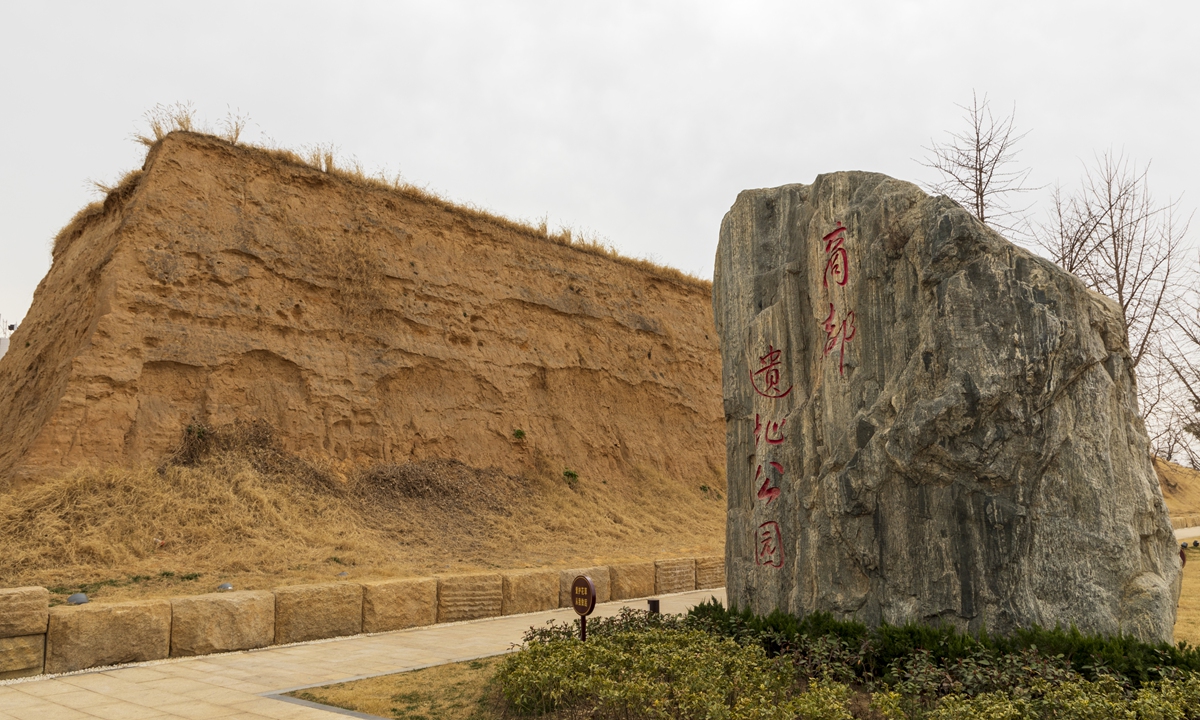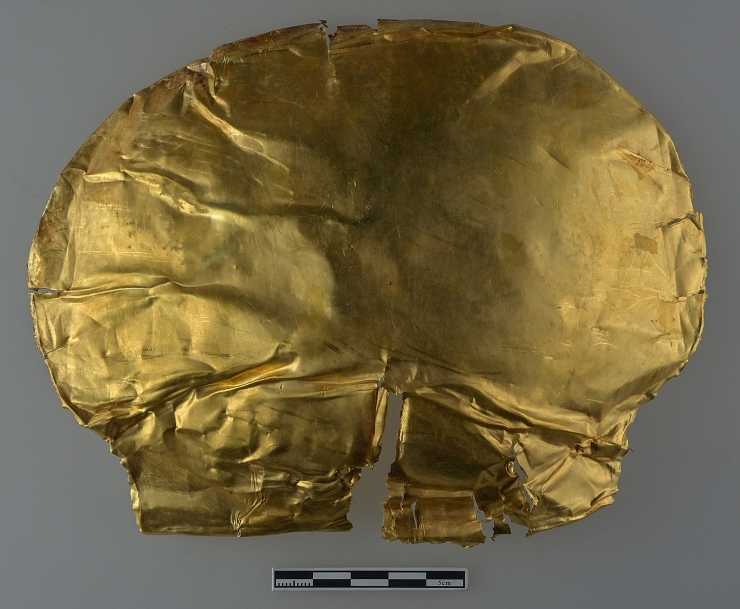Pošeptej nám značku a důvod prosím. 
Extremely valuable gold mask pushes knowledge of China's history
Categories: Nálezy nejenom s detektorem v Číně
The more than 3,000-year-old gold mask was discovered in a rich nobleman's tomb during an archaeological excavation in Zhengzhou Shang City in central China's Henan Province. It is the first Shang Dynasty gold mask ever discovered and the only full-face mask of its kind.
The mask was part of more than 200 items of luxurious funerary equipment in a large tomb belonging to a Shang dynasty nobleman (c. 1600 BC - 1046 BC). The tomb itself is about 1 hectare in size (practically the size of a block in New York City). The artifacts found within are of the highest quality and are the most diverse of all the tombs in this burial site. It concealed a total of 20 bronze and 11 jade objects, five gold artifacts, 50 arrowheads, more than 120 shells, and plaques of gold foil inlaid with turquoise.
The main find, a gold mask measuring approximately 18.3 cm x 14.5 cm, weighs an impressive 40 grams. Its dimensions would completely cover the face of an adult. According to archaeologists, it was an expression of the Chinese religious concept that gold provides the body with perfect protection. It was meant to keep the energy of the deceased's spirit from dissipating.
The discovery suggests that the belief in an "invincible golden body" dates back at least to the Shang dynasty, although few gold objects have been discovered at its sites. The only other notable gold artefact at Zhengzhou was a thin piece of gold foil from a pit containing the remains of sacrificed dogs at the eastern end of the northern part of the city wall.
Experts are now investigating whether the "gold culture" of the early Shang Dynasty spread from the Central Plains to the southwesternPad to the Sanxingdui site, where huge quantities of large and heavy artfully crafted bronze and gold artifacts have been found in the sacrificial pits.
"The tomb is an important find for research on Shang dynasty burial rituals and systems. And because it dates from a very early period of the dynasty, it may provide new insights into the origins of Chinese civilization," Chen Lüsheng, a distinguished scholar at the National Museum of China, told the Global Times. "Although this gold mask is older than those discovered in the Sanxingdui ruins, we still need more evidence and mostmore archaeological discoveries to confirm a direct link between the Shang and Sanxingdui ruins," Chen said.
Roman Nemec
Sources: globaltimes.cn, thehistoryblog,com





The article is included in categories:
- Archive of articles > Archaeology > Finds and rescue research abroad > Nálezy nejenom s detektorem v Číně
Post
Ta maska vypadá jak nějaká fólie co kopu běžně 
Je krásná zářijová neděle, obědval jsem báječnou „čínu“ z kotrče kadeřavého a na ČT1 frčí pohádka o tom, jak přišli kováři k měchu.
Na LP však dva moji oblíbení borci řeší, zda se vlastně archeologie ubírá správným směrem.
Pohádka-LP, pohádka - LP...
Zůstanu zde, zajímavé téma.
Ahoj Marku, ahoj Cémo
V Červené nad Vltavou II, tam kde začínají mé milované Červenské proudy je starý plavecký hřbitov. Hřbitov má tři patra a při napouštění Orlické přehrady byla dvě patra exhumována a jedno - to nejspodnější patro zůstalo tak. Nebožtíci z horních dvou pater dostali nové hroby na okolních hřbitovech a nebožtíci z patra spodního leží dodnes na svých místech - většinou pod vodou ale bohužel už párkrát nad vodou (1976,2015).
Někdy je fajn, když se někdo povrtá ve starých, ztrouchnivělých kostech a přesune je na jiné místo 
Hele kamarádi moji jediní a nezastupitelní, nemáte někde poblíž pěknou a dobře zásobenou hospůdku, že by jste tam... 







